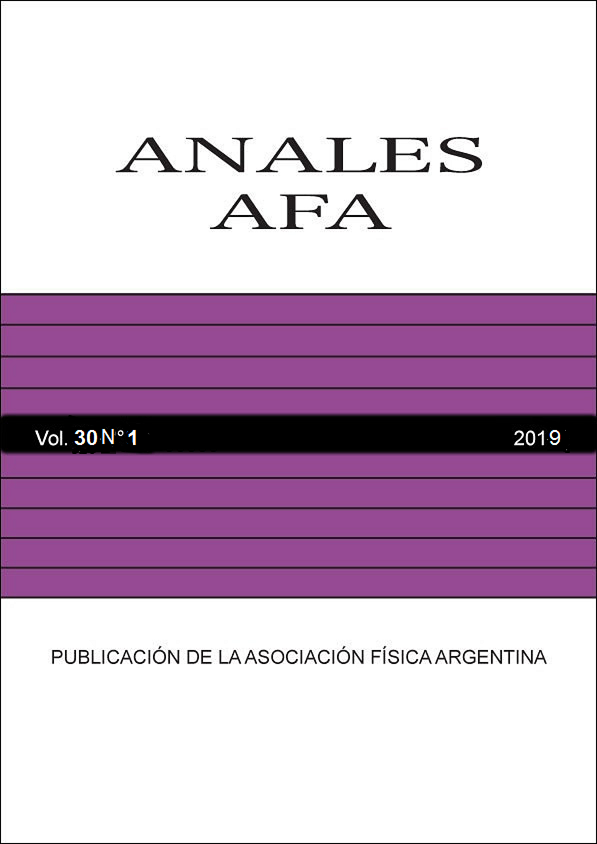ALTERNATIVE METHOD TO ASSESS ATMOSPHERIC POLLUTION CAUSED BY BIOMASS BURNING, IN SUGARCANE ZONES
Abstract
This paper describes an alternative method to assess atmospheric pollution levels caused by the burning of sugar cane fields during the harvest, affecting visibility in nearby residential areas. The samples of atmospheric dispersed material were taken on glass slides exposed to the environment on different periods of time. The scattered light by these samples is measured using a digital goniometric device that moves a CCD around each sample with 2,0 arc min resolution. Scattering measurements reveals that it is possible to differentiate between the samples of 12, 24, 36 and 48 hours of integration. This method is more sensitive because it integrates through time, even when the concentrations of contaminants are low. Based on Beer-Lambert scattering model, the scattered light on the samples is related to the atmospheric extinction coefficient and the meteorological visibility measured in the same days. A good linear correlation for the different time periods (R2 > 0.94) was obtained. Finally, measured scattering levels were been compared to the intraocular scattering ones calculated from CIE equation, obtaining similar values to eyes of 80 years old people




